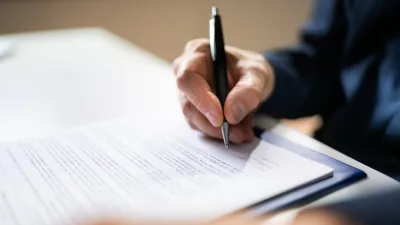Education needed on smart beta benefits for advisers



Almost a third of financial advisers are spending up to a year evaluating smart beta ETF strategies before they add them to portfolios, according to VanEck.
Smart beta ETFs combine active and passive elements to track a rules-based factor index focusing on factors like momentum, value and quality to achieve excess returns relative to market cap weighted indices. In portfolios, they can typically be used as a core or a satellite exposure, or even as a standalone investment to cover a particular sector.
As they have gained popularity, the number of products available has expanded over the years to include Australian equities, global infrastructure and emerging markets, although they are typically priced higher than market-cap weighted ETFs.
In the firm’s annual smart beta survey, which surveyed 556 advisers and brokers, VanEck said 30 per cent of advisers specifically say they are spending between 3 and 12 months evaluating smart beta strategies, and 18 per cent are spending as much as two years.
But with 27 per cent of respondents saying they haven’t yet opted to use a smart beta vehicle, it indicates adviser understanding of the options and their benefits could be improved. When it comes to their familiarity with the term, half of advisers said they were only “moderately” or “slightly” familiar with smart beta, and 7 per cent had “never heard of it”.
Once they are in play, 43 per cent said they are using up to three smart beta strategies in client portfolios, and 15 per cent are using one.
Looking at future usage, around half of respondents who already use the products said they plan to increase their smart beta usage, and 24 per cent will maintain their current exposure. Some 61 per cent of respondents said they expect smart beta strategies will “marginally outperform” active strategies and also that they represent value for money.
Arian Neiron, chief executive of VanEck, said: “The smart beta switch has been reflected in net flows. In 2023, only two months cleared $500 million. Last year, this surged to nine months, with four months crossing the $1 billion threshold for the first time. This year has been softer with the broader markets pullback, however six out of eight months still topped $500 million, and July set a new all-time high of $1.1 billion.”
Responding about their ETF usage more broadly, three-quarters of advisers said this has increased over the last 12–18 months, with the most common reason for this being reduced total portfolio costs, cited by 58 per cent of adviser respondents, followed by change in portfolio strategy and increased internal knowledge of ETFs.
As for how ETFs have benefited their business, 52 per cent said they had allowed them to have improved control of portfolio outcomes, and 50 per cent said they had seen improved performance. Increased transparency and administrative efficiencies were also cited as benefits of the vehicles for advice firms.
Recommended for you
Magellan fund manager Arvid Streimann has resigned after an investigation into allegations he had a workplace relationship with a junior employee.
Clime Investment Management has sold a portion of its retail client book to an external financial planning practice for $1.6 million in its latest cost-out move.
In his inaugural address as L1 Group chief executive, Julian Russell has outlined his vision and priorities for the newly-merged $16.7 billion business but warned fund outflows will continue for 18 months.
Ten Cap has announced it will launch its first active ETF on the ASX later this month, expanding retail access to its flagship Australian equities strategy.












